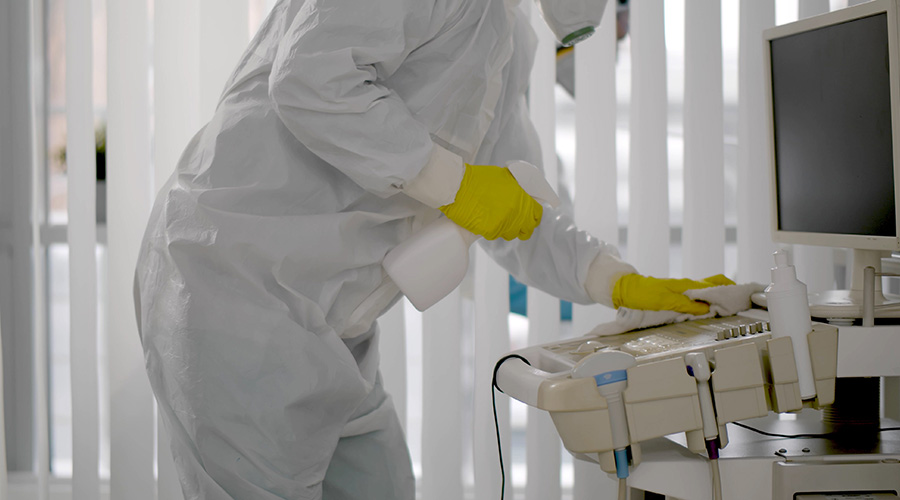Q: It has always been my understanding that eyewash stations and emergency showers are required in areas where corrosive or caustic materials (i.e. chemicals) are used, stored or handled and could be splashed into the eye. I was reading ANSI/ISEA Z358.1-2014 which says "This standard establishes minimum performance and use requirements for eyewash and shower equipment for the emergency treatment of the eyes or body of a person who has been exposed to hazardous materials". It further goes on to define hazardous materials as "any substance or compound that has the capability of producing adverse effects on the health and safety of humans". Wouldn't contaminated blood be considered a hazardous material based on this definition? While doing a risk assessment for eyewash and emergency showers, should the risk of blood spatter in the eyes, nose or mouth be considered along with caustic materials? Your input is greatly appreciated.
A: No. Because, blood and body fluids are not considered caustic or corrosive. While the ANSI standard Z358.1-2014 is the standard to follow for the installation, testing, and maintenance of an eyewash station, it is not the standard to follow to determine when an eyewash station is required. That would come from some other standard that is enforced by an AHJ, such as OSHA standard CFR 1910.151 (c) which requires suitable facilities for quick drenching or flushing of the eyes and body where the eyes or the body of any person may be exposed to injurious corrosive materials.
Subsequent OSHA letters of interpretation identify ANSI Z358.1-2014 to comply with regarding the installation, testing and maintenance of the eyewash stations. But the actual requirement to have an eyewash station comes from CFR 1910.151 (c), not the ANSI Z358.1-2014.
Now, you may decide to provide an eyewash station where blood and body fluids are splashed on the face or body, but it is not required. In fact, some hospitals mistakenly thought they needed an eyewash station wherever blood or urine was drawn which led to low-cost faucet-type eyewash stations to be installed on utility room sinks. These faucet-type eyewash stations were not ANSI Z358.1-2014 approved which caused quite a problem when that was cited during a survey.
Brad Keyes, CHSP, is the owner of KEYES Life Safety Compliance, and his expertise is in the management of the Life Safety Program, including the Environment of Care and Emergency Management programs.

 Why Identity Governance Is Becoming a Facilities Management Issue
Why Identity Governance Is Becoming a Facilities Management Issue Habitat Health Opens South Los Angeles PACE Center
Habitat Health Opens South Los Angeles PACE Center Denton County MHMR Center Suffers a Data Breach
Denton County MHMR Center Suffers a Data Breach What Every EVS Leader Needs To Know
What Every EVS Leader Needs To Know Blackbird Health Opens New Clinic in New Jersey
Blackbird Health Opens New Clinic in New Jersey